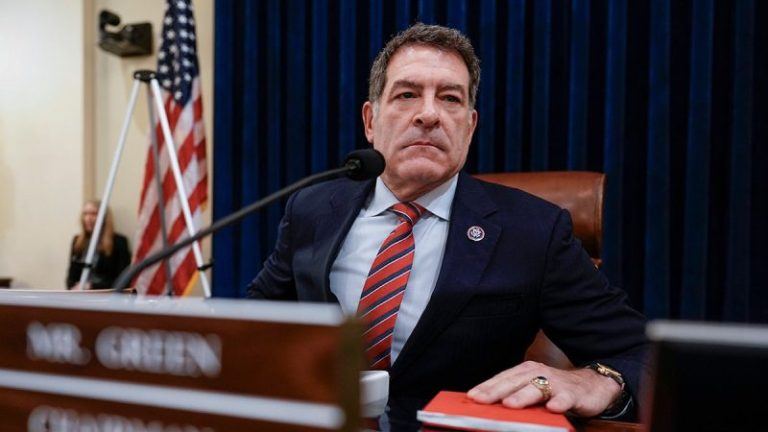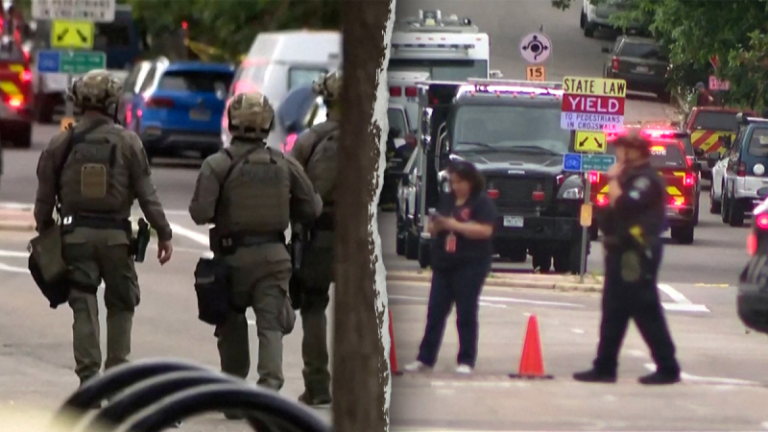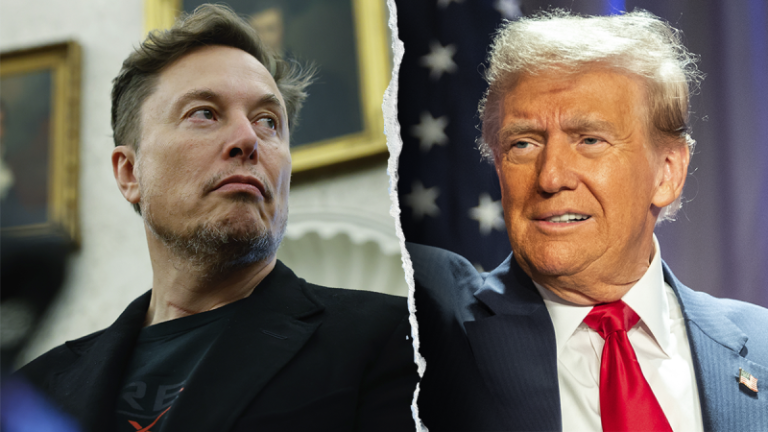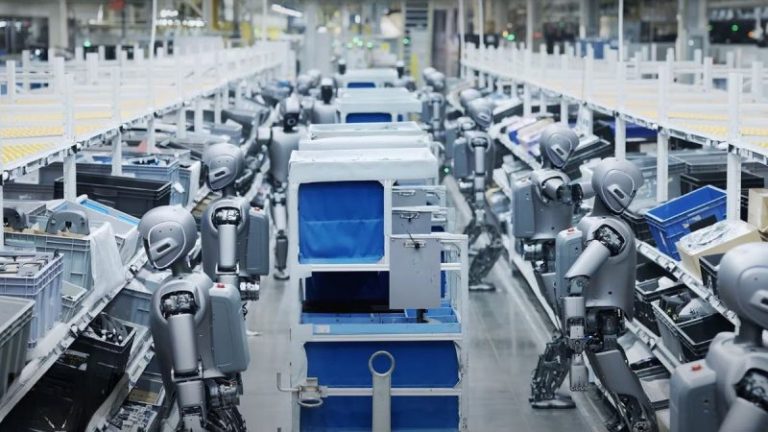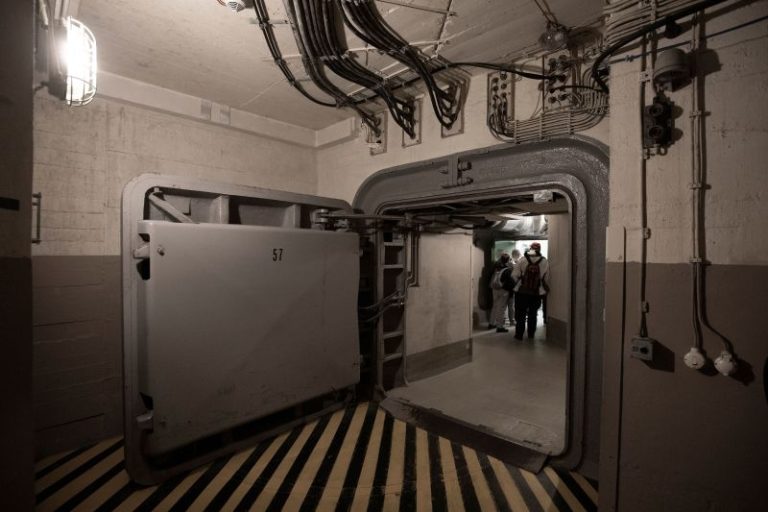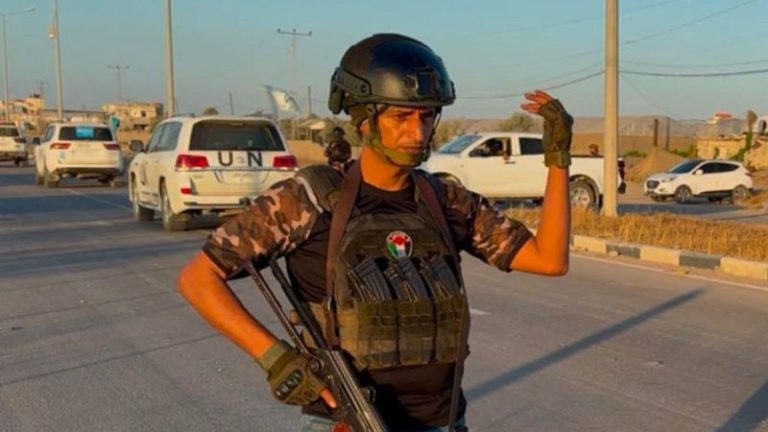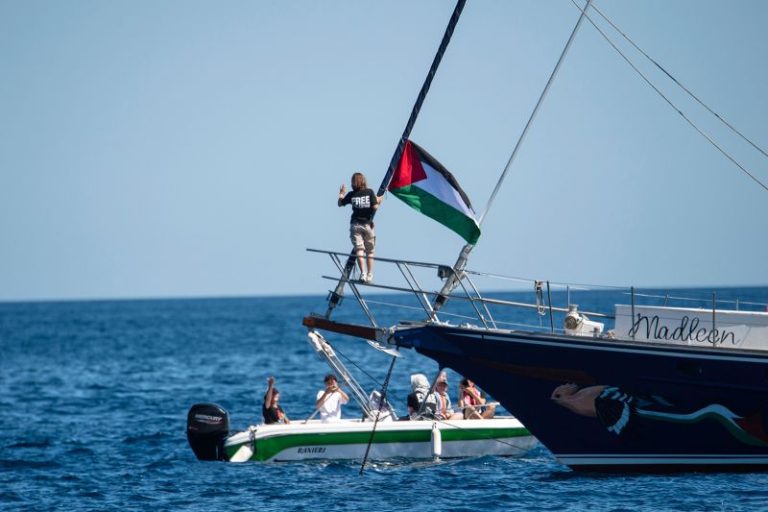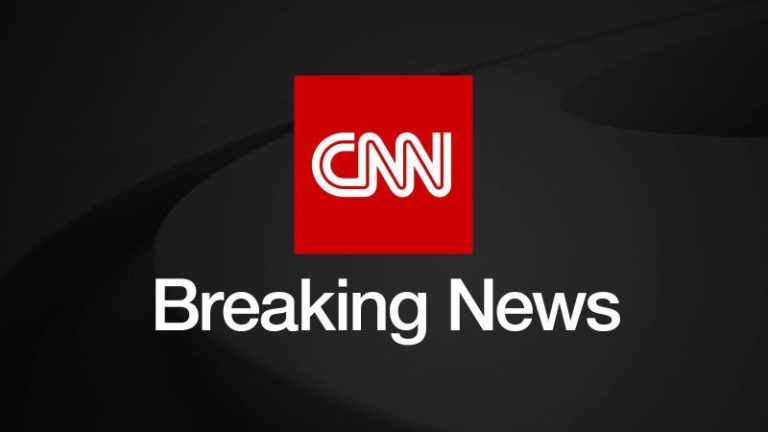President Donald Trump on Monday confirmed he spoke with Israeli Prime Minister Benjamin Netanyahu regarding Iran and the ongoing negotiations.
In speaking to reporters after the call he said he reiterated to Netanyahu Washington’s push to make a deal avoid direct conflict.
‘We’re trying to make a deal so that there’s no destruction and death. And we’ve told them that, and I’ve told them that, and I hope that’s the way it works out,’ Trump said. ‘But it might not work out that way.
‘We’ll soon find out,’ he added.
Trump claimed that Iran had already returned a counter-proposal to the U.S. following its rejection of a proposal given to them last week, though the president said ‘it’s just not acceptable’ and that more negotiations are needed, particularly regarding enrichment-related demands.
The call came after the United Nation’s nuclear watchdog, which is charged with monitoring all nations’ nuclear programs, warned on Monday that it cannot verify whether Tehran’s program is ‘entirely peaceful’ despite the regime’s claims.
Director General of the International Atomic Energy Agency (IAEA), Rafael Grossi, on Monday issued a warning statement that the agency has not only long been barred access to old and new nuclear sites, but that Iran has scrubbed locations in an apparent move to cover up its activities.
In 2020, the IAEA found man-made particles of enriched uranium at three sites, including Varamin, Marivan and Turquzabad. The locations were previously utilized in Iran’s nuclear program and gave the agency credence to believe Tehran had once again turned to deadly nuclear ambitions.
‘Since then, we have been seeking explanations and clarifications from Iran for the presence of these uranium particles, including through a number of high-level meetings and consultations in which I have been personally involved,’ Grossi said. ‘Unfortunately, Iran has repeatedly either not answered, or not provided technically credible answers to, the Agency’s questions.
‘It has also sought to sanitize the locations, which has impeded Agency verification activities,’ he added.
Grossi, who confirmed during an April trip to Washington, D.C. that the IAEA has not been involved in nuclear negotiations between the U.S. and Iran, said on Monday that he has been working ‘closely and intensively’ with both parties in ‘support of their bilateral negotiation[s].’
The warning comes after the IAEA in a report late last month, also confirmed that Iran had drastically increased its stockpile of near-weapons-grade enriched uranium by nearly 35% in three months.
In February, the IAEA assessed that Tehran possessed 274.8 kilograms (605.8 pounds) worth of uranium enriched to 60%, but on May 17th it found Iran now has some 408.6 kilograms (900.8 pounds) – meaning the regime is just a technical step away from being able to make up to 10 nuclear warheads.
Last week, Iranian supreme leader Ayatollah Ali Khamenei came out in strong opposition to a U.S. proposal submitted to Tehran to end its nuclear program, though it remains unclear what details were included in the document, including on enrichment capabilities, and on Sunday, Iranian parliamentary speaker Mohammad Bagher Ghalibaf claimed the proposal didn’t include any sanction relief.
The White House has remained tight-lipped about what was included in the document, though according to some reporting, President Donald Trump gave Iran until June 11 to reach a deal with the U.S., though Fox News Digital could not independently verify these claims.
On Monday, Iranian Foreign Ministry spokesperson Esmaeil Baghaei confirmed that ‘The U.S. proposal is not acceptable to us. It was not the result of previous rounds of negotiations.’
‘We will present our own proposal to the other side via Oman after it is finalized. This proposal is reasonable, logical, and balanced,’ Baghaei reportedly said.
Some reporting has also suggested Iran might submit their proposal as soon as June 10, though the Iranian UN mission in the U.S. would not comment on or confirm these claims.


